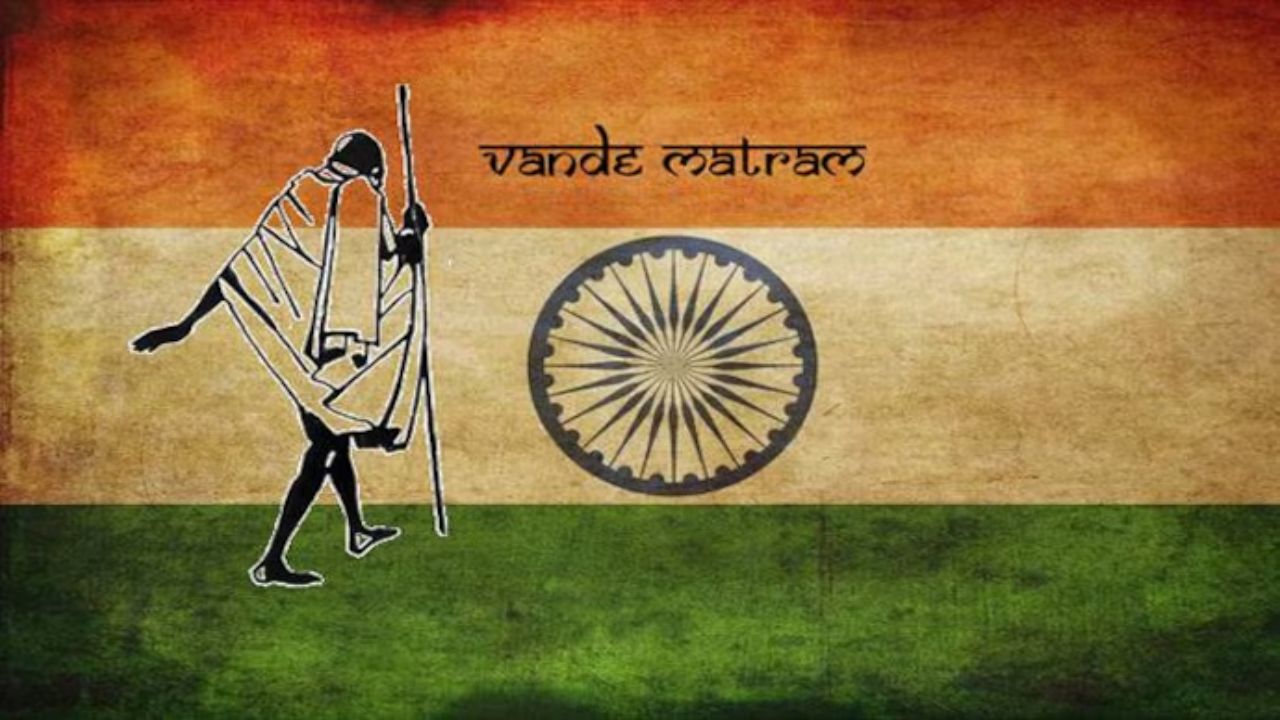 English
English

Vande Mataram, composed by Bankim Chandra Chattopadhyay, celebrates 150 years. From a patriotic poem to a national song, it inspired freedom fighters, became a symbol of Indian unity, and continues to evoke patriotism across generations.

150th Anniversary of Vande Mataram
New Delhi: Today, November 7th, marks the 150th anniversary of the composition of the national song, Vande Mataram. This song is not merely a poetic creation but has become a symbol of the spirit of the Indian freedom struggle and love for the motherland.
Composed by Bankim Chandra Chattopadhyay, this song became a beacon of nationalist sentiment and a torch of freedom against British rule.
The seed of Vande Mataram's composition was sown in the 1870s. Bankim Chandra Chattopadhyay, who was then a deputy magistrate in British India, was deeply affected by the oppressive policies of the British government.
Pakistan’s Attack Before Ceasefire Talks: Tensions Rise Again in Kandahar, Afghanistan
He first published this song on November 7, 1875, in his magazine, Bangadarshan. It was fully incorporated into his novel, Anandamath, in 1882. The novel's story was based on the Sanyasi Rebellion of the 18th century.
The first two stanzas of the song are in Sanskrit, depicting Mother India as Durga, while the remaining stanzas are in Bengali and praise Mother India.
The first public singing of Vande Mataram took place in 1896 when Rabindranath Tagore set it to music in the Bengali style and presented it at the Calcutta session of the Congress. This transformed it from a mere poem into a powerful anthem.
During the Swadeshi movement in protest against the partition of Bengal in 1905, this song became a weapon for the revolutionaries. Leaders like Aurobindo Ghosh called it the mantra of freedom. The British government tried to ban it, but this anthem also proved instrumental in getting the partition annulled.
From 1906 to 1911, the complete song was sung, but due to opposition from the Muslim League, only the first two stanzas were adopted. Gandhiji also adopted it, albeit with caution regarding its religious connotations.
Pakistan: Asim Munir set to gain more powers as Shehbaz govt mulls major amendment to constitution
In 1937, the Congress declared it its anthem. After independence, on January 24, 1950, the Constituent Assembly granted Vande Mataram the status of the national song. This decision was taken under the chairmanship of President Rajendra Prasad.
In 2003, the BBC chose it as the best song in Asia. Even today, Vande Mataram evokes patriotism and love for the motherland. This song demonstrates how a poem can take the form of social consciousness and a movement. Even after 150 years, this song remains a symbol of Indian unity and the spirit of freedom.